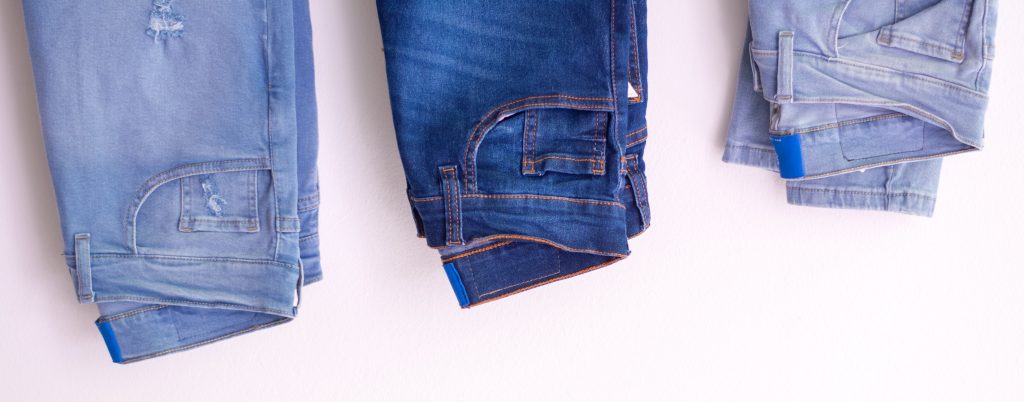13 Nov 13th November Are your trousers more well-travelled than you?

Food miles are a widely recognised issue, but have you ever thought about clothes miles?
Production of an item of clothing is often a hugely international process. Big brands like H&M, Marks and Spencer and Gap didn’t wish to answer questions about the origins of their products. This suggests that they have no clue where their resources come from or are produced. Christian Aid stated only 16% of the 87 biggest fashion brands circulate a complete catalogue of where their clothes are embroidered, and less than 20% understand where components are from.
Many factories are not owned by the brands that use them but are commissioned work so companies can meet deadlines. Moreover, when big brands try to minimise costs, they maximise miles to reach the cheapest suppliers. Low price items have high cost attached – to the environment, as each journey to a different factory releases carbon dioxide and other greenhouse gases.
Even after production, mileage is added. Especially in chains which span across the globe, clothes are shipped all over the world, increasing distances even more. The number of brands like this has increased vastly in the past two decades, replacing more locally and nationally made garments.
So, next time you purchase an item from a big chain, think about the transparency of who made what you are buying, and how far it has been shipped to reach your hands. Purchase clothes from charity shops to minimise the miles used to produce a fashion item, buy locally from shops which aren’t multinational, or from brands which are clear about their manufacturing. Tell others about the problem of clothes mileage, spread the word.

BeadsByJoely – Instagram: @beadsbyjoely
During the summer I created a jewellery business selling customised beaded hoop earrings, in different colours and sizes. Every pair is unique and customised. Something I am really passionate about is limiting the distance my components have travelled. I always buy locally and have bought beads from charity shops in the past to give them a second life. When selling pairs of earrings locally, I often meet the buyers in person to minimise packaging and unnecessary travel. I run the business from an account on instagram called @beadsbyjoely, I’d love it if you could spare a moment to check it out! – Written by Joely Brewer


